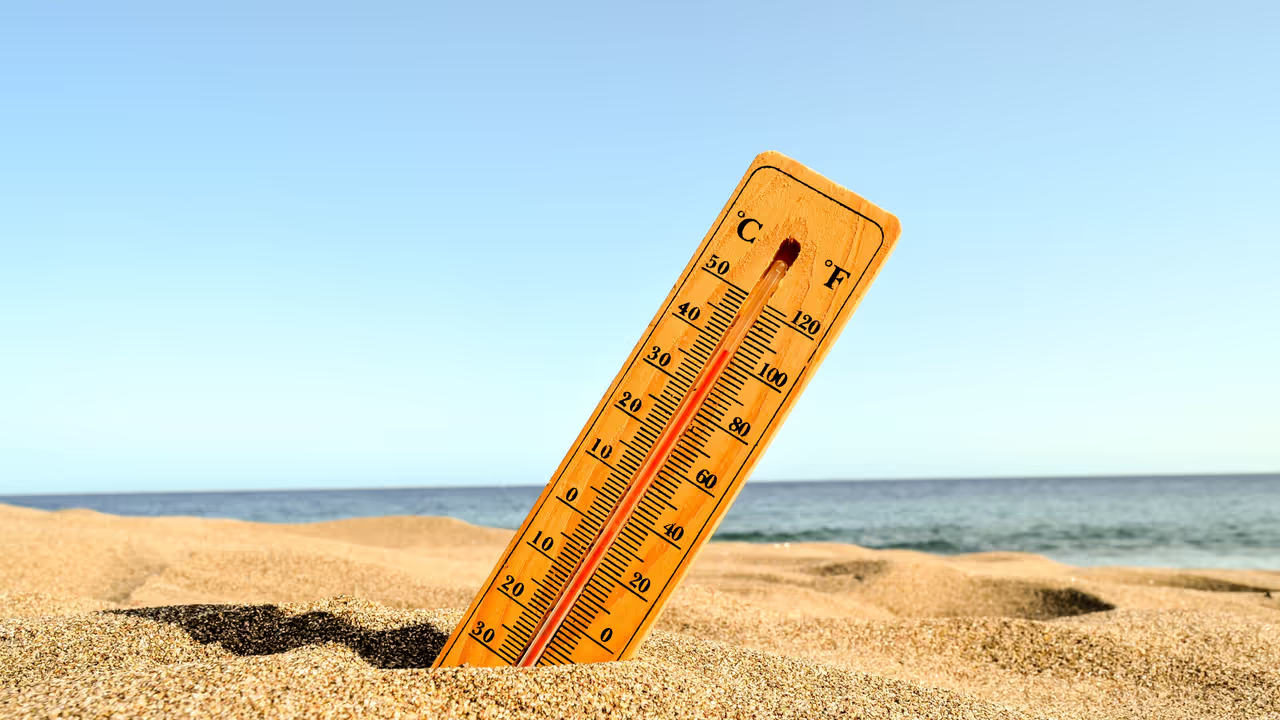Dr. Ajay Shukla, medical superintendent of a state-run hospital, highlighted the severe threat posed by heatstroke as north India grapples with an unrelenting heatwave. With a mortality rate of 60-70% for heatstroke patients, the Union Health Ministry has advised prioritizing their treatment. Delhi hospitals report rising admissions and fatalities amid the extreme heat
The Union Health Ministry, responding to a spike in heatstroke cases in several parts of north India due to an unrelenting heatwave, has advised central government-run hospitals to prioritize these patients. At Delhi’s state-run Ram Manohar Lohia Hospital, 45 patients with heat-related problems have been admitted since May 27. Tragically, nine deaths have been reported since then, with seven occurring in the past two days. Other hospitals in Delhi are also experiencing a surge in heatstroke admissions.

Heatwave to severe heatwave conditions very likely in many parts of Uttar Pradesh whereas heatwave conditions very likely in isolated pockets of Jammu Division, Himachal Pradesh, Uttarakhand, Haryana - Chandigarh - Delhi, Bihar, Jharkhand, Odisha and Punjab on 19th June, 2024. pic.twitter.com/ywKSoxNjE5
ALSO READ: 17th instalment of PM Kisan Yojana: PM Modi disburses Rs 20,000 cr to over 9.2 cr farmers (WATCH)
Dr. Shukla underscored the necessity of raising public awareness about heatstroke and the importance of immediate cooling measures. He advised that suspected heatstroke victims should begin cooling treatments on-site using water and ice while en route to the hospital. He mentioned that ambulances have been equipped to start cooling as soon as they reach the patients.
Delhi has been enduring an intense heatwave for nearly a month, with minimum temperatures exceeding 35 degrees Celsius and maximum temperatures around 45 degrees Celsius. The extreme heat has made tap water hot and rendered air-conditioners largely ineffective. The weather office has predicted that heatwave conditions will persist in most parts of north India for the next 24 hours but are expected to abate thereafter.
Rajneesh Sareen from the Centre for Science and Environment (CSE) provided an explanation for the abnormally warm nights. He attributed the rise in minimum temperatures to increased construction and concretization in cities like Delhi. Concrete buildings, he explained, absorb heat during the day and release it at night, creating a heat island effect. This phenomenon is exacerbated by the reduction of green areas and the construction of high-rises, which affect wind movement. Sareen suggested that reducing the use of concrete could help mitigate these effects.
